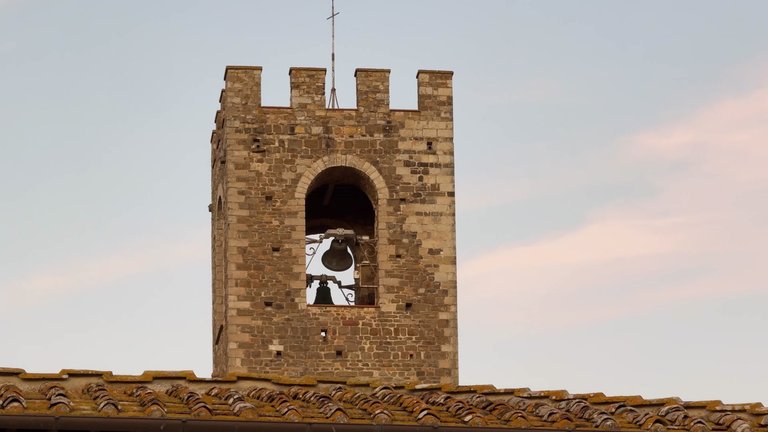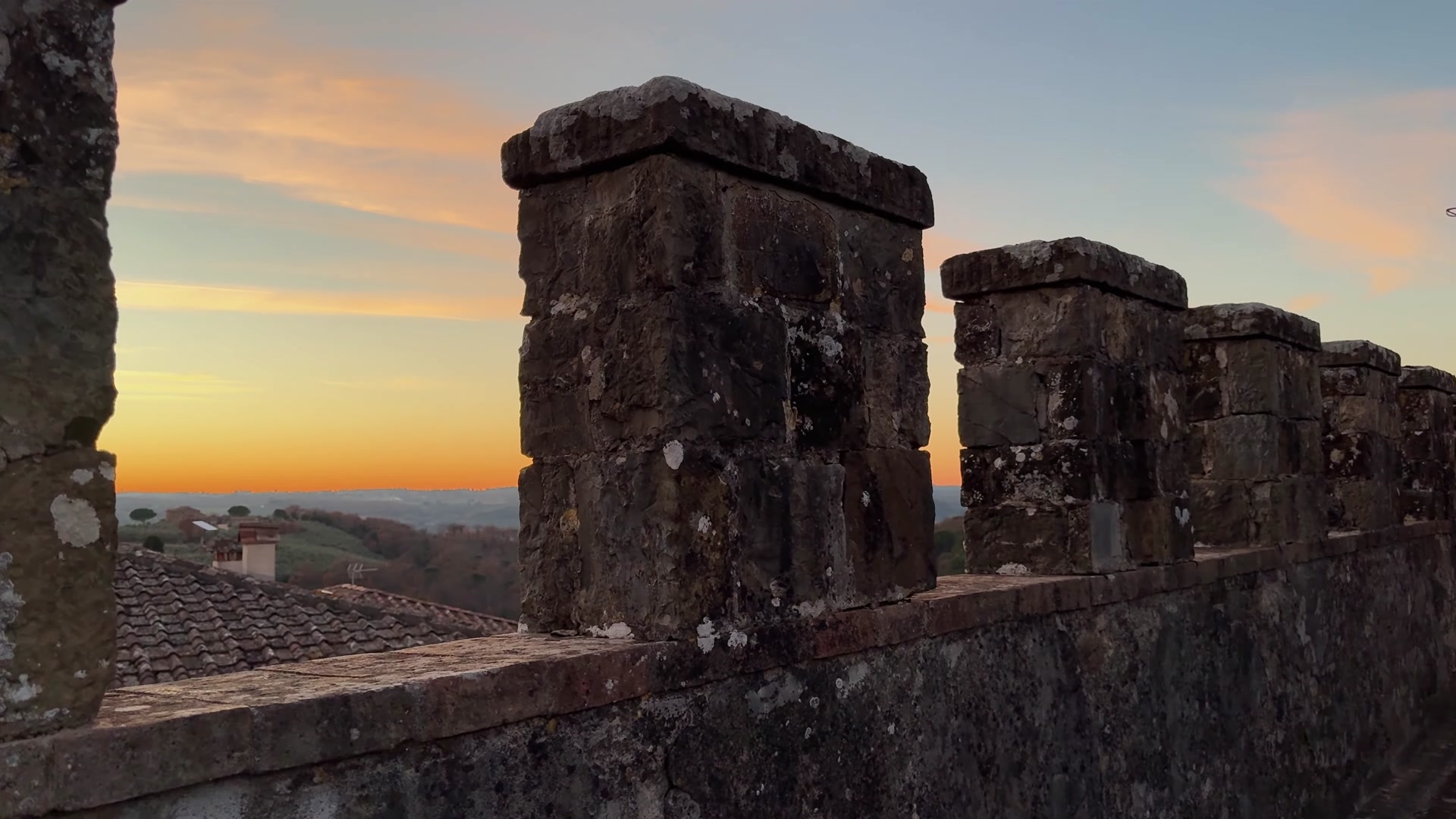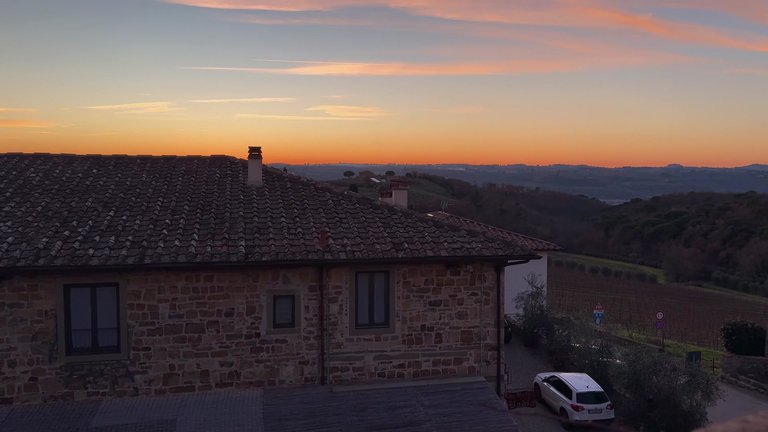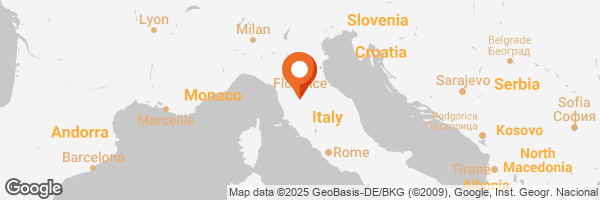
Hello my friends. On a Saturday just before New Year's my sister, nephews and I took a small trip from Florence towards Siena exploring the nearby regions of Tuscany. My nephews are little, but they sometimes come with us on trips. They like to learn about history, buildings and old things in their city.

About halfway between Florence and Siena, we stopped at a Catholic monastery called Badia a Passignano. The architecture of this structure reflects the historical rivalry between these two cities. The monastery was built in the Middle Ages, a time when Florence and Siena were independent republics engaged in intense competition and conflict.

Some parts of the roads are quite narrow and if two cars meet, it can be a bit stressful. But not too bad. We passed through a small village, where the houses were neat and charming.

Here there is a small shop, a post office, a bank and a pharmacy. Some of the villas are stunning. In general the houses in this area have breathtaking views and are beautifully designed.



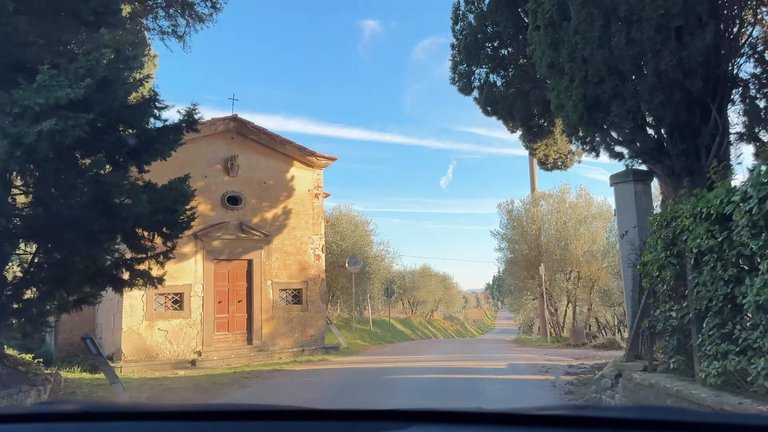
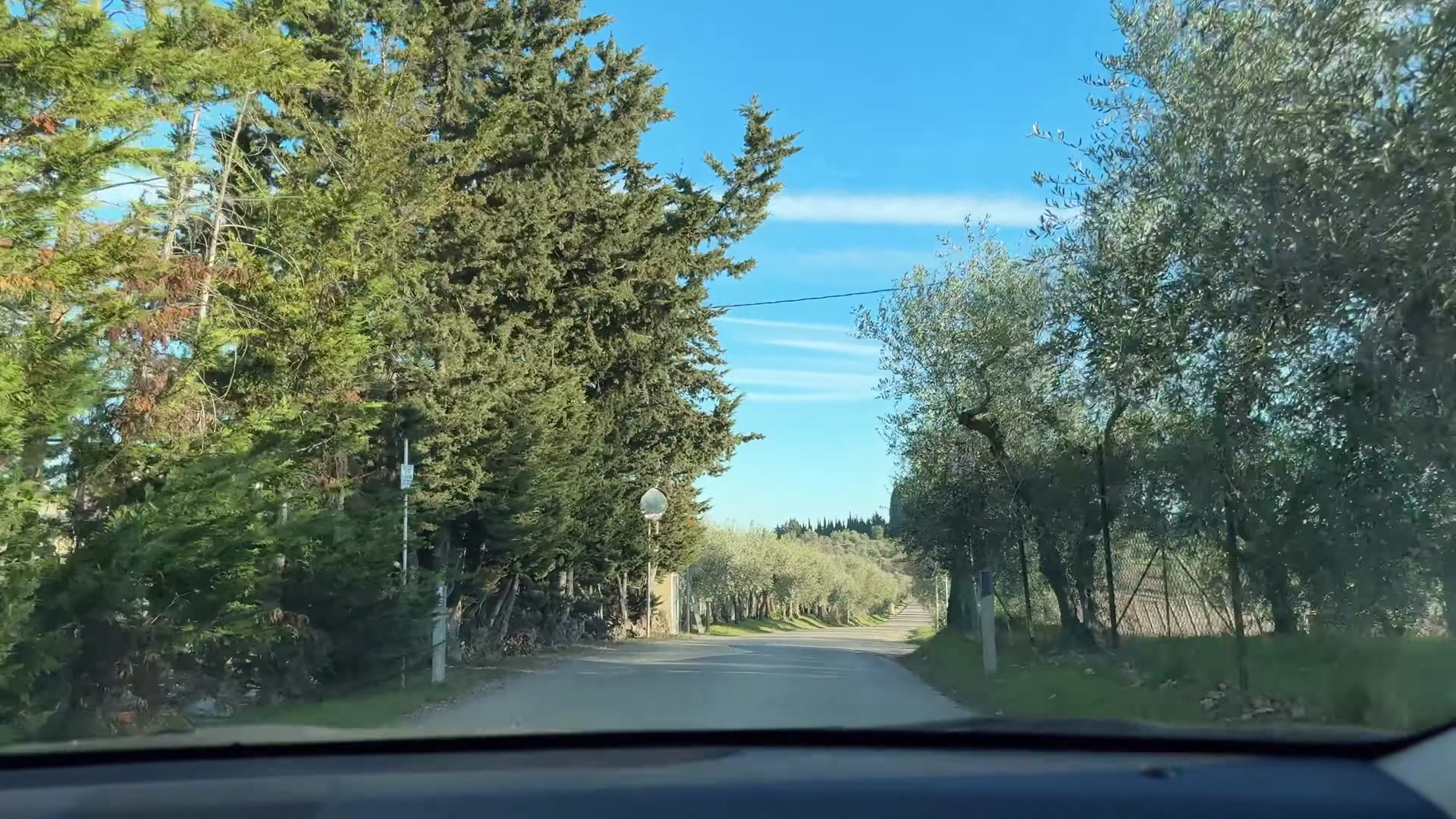
A cheesemaker lives on this street. He is originally from Sardinia but settled in Tuscany, where he produces cheese. He raises his own sheep and makes delicious cheeses. You can even visit him.

In Tuscany and in Italy in general there are so many architectural and artistic masterpieces that some unfortunately go almost unnoticed. The artistic and architectural competition is so intense that certain structures remain in the shadows.

When driving on these small rural roads, you have to be very careful. There are speed cameras everywhere and they are usually placed in the most scenic and picturesque locations. You can easily get lost in the beauty of the surroundings, speed up without realizing it and end up with a fine.

We passed by Cantina Antinori, a wine cellar built with modern architecture. It belongs to the famous wine producer Villa Antinori. The road here is beautiful. I absolutely love the cypress trees.

Every time we drive through these narrow roads, I hold my breath. And I never trust Google Maps. Yesterday while we were on the road, it stubbornly tried to direct us onto a dirt road. Sometimes it suggests the strangest routes.
Through the trees Cantina Antinori was visible again. They offer guided tours with different visit options. Their website is well-prepared and available in multiple languages. These visits are usually combined with wine tastings and the pricing depends on how many wines you want to sample. Architecturally the building is very interesting, blending harmoniously with its surroundings while featuring a futuristic interior design.
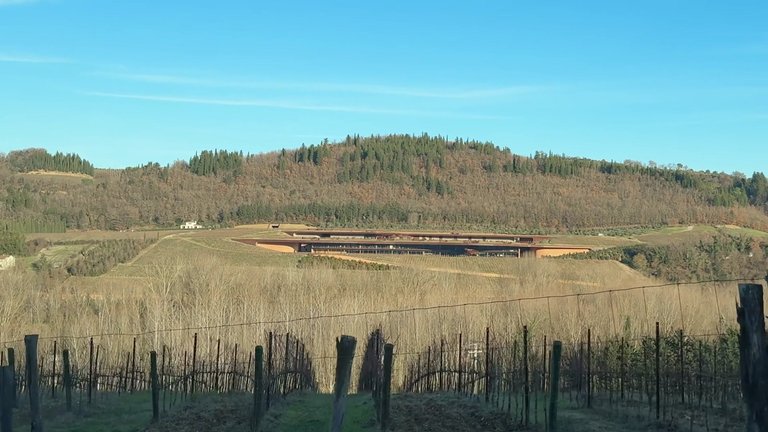
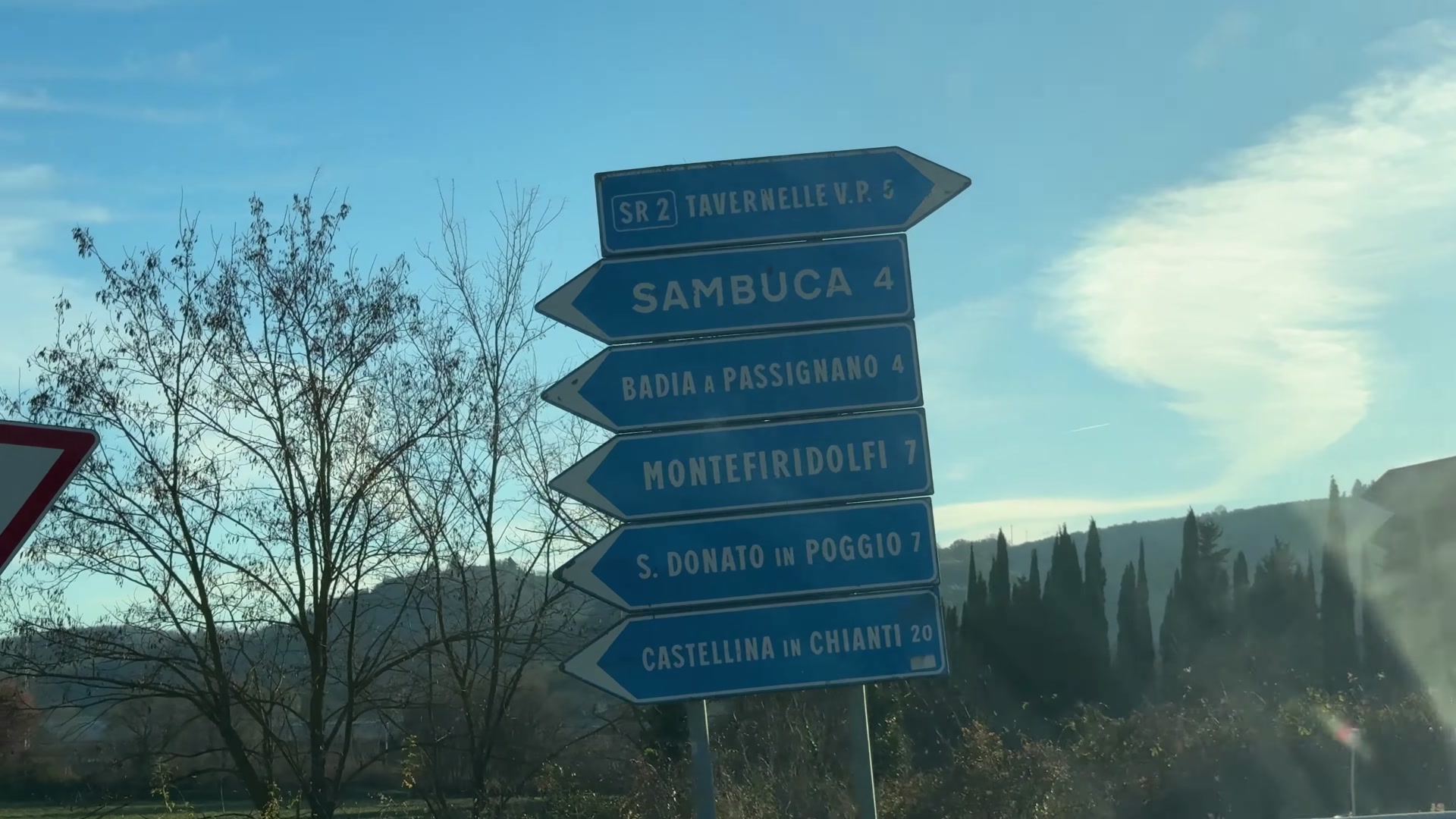
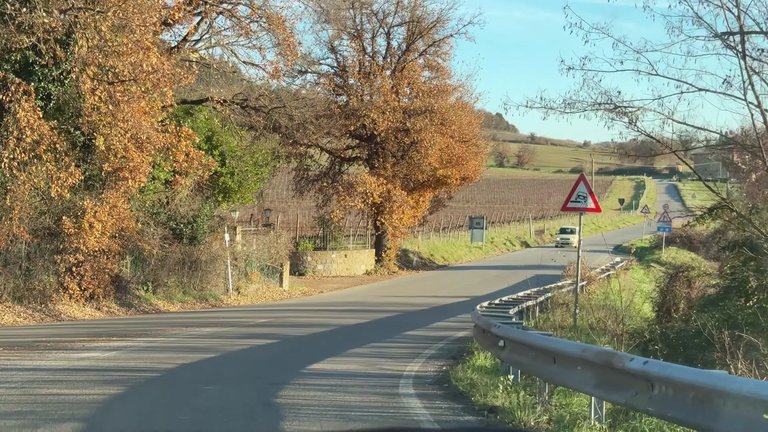
Cycling is very popular in Tuscany. And for good reason. Riding a bike in such a landscape must be an absolute delight.

We passed the black rooster sign, one of the symbols of the Chianti region. Ahead of us was a small but somewhat extreme bridge. Well maybe not too extreme, but since it was over water, we had to cross it carefully.

Badia a Passignano was starting to come into view. Its founder was San Giovanni Gualberto. The architecture resembles that of a fortress.
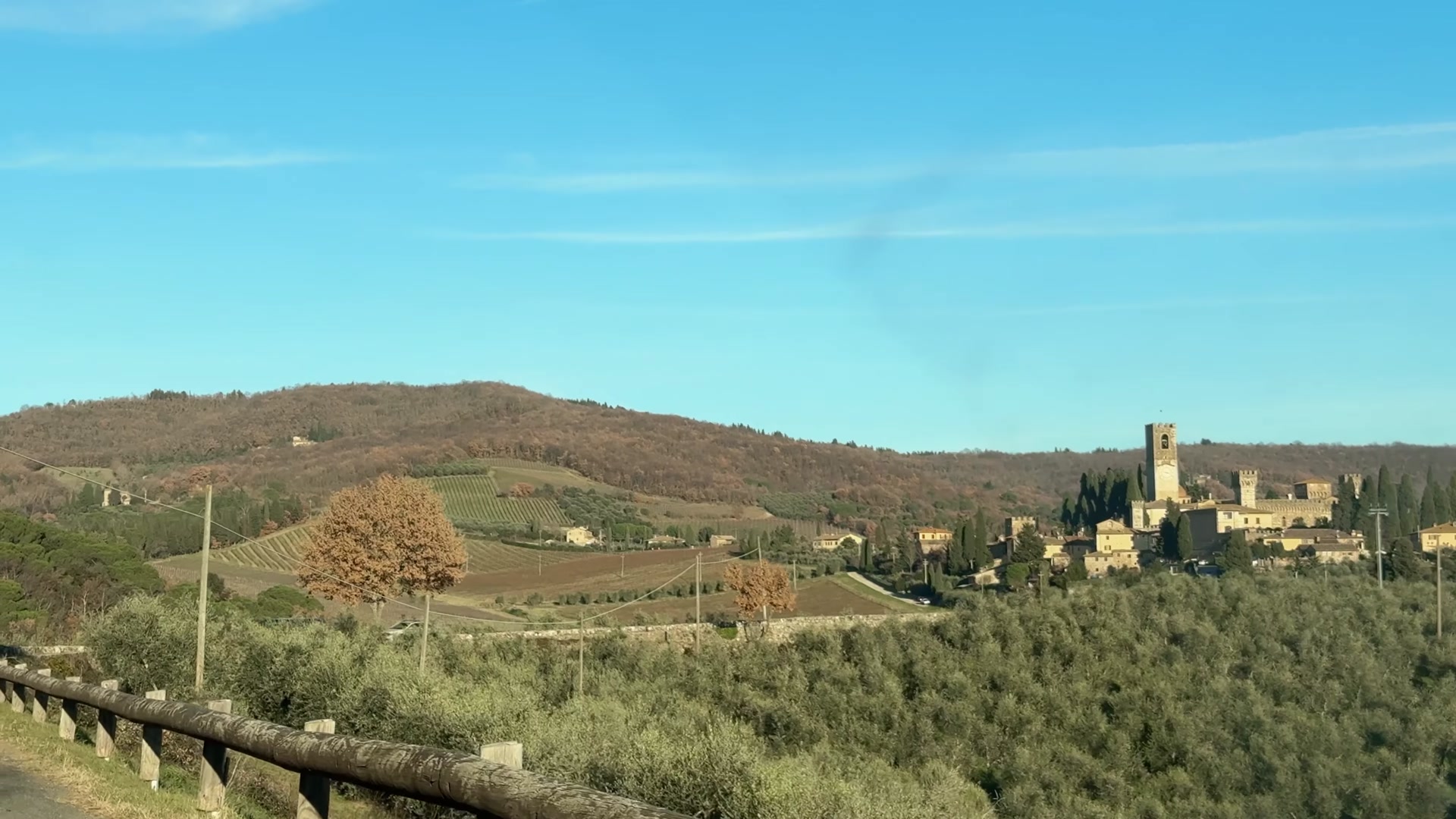
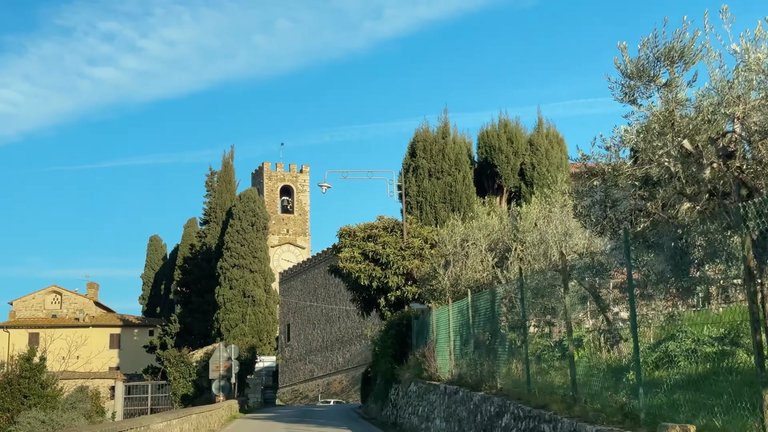





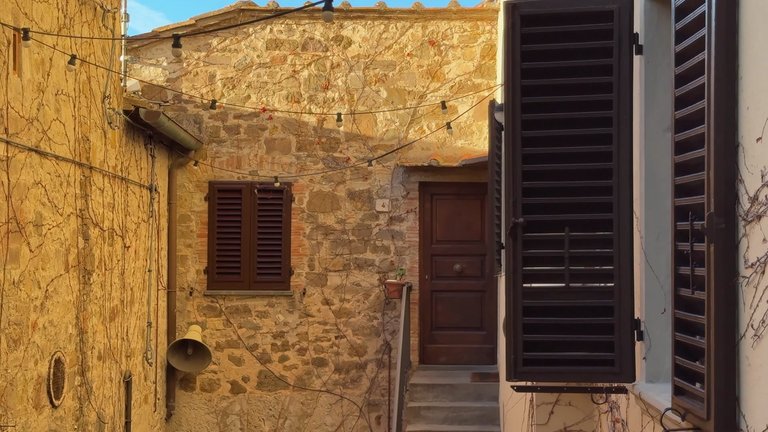
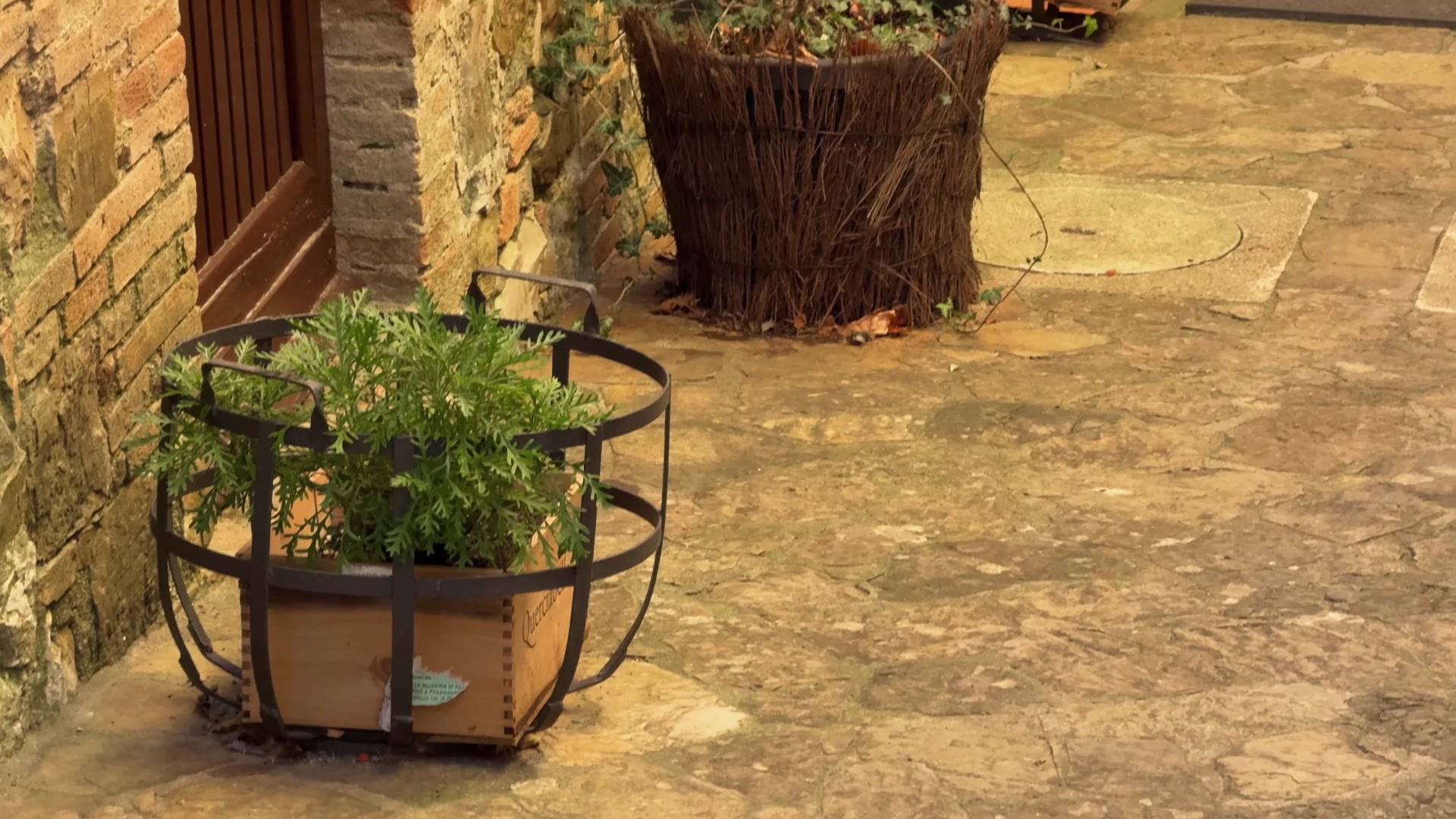


First we visited the church. The monastery is dedicated to Archangel Michael. The church was originally built in the Middle Ages, but it has been restructured many times over the years and its decoration has changed significantly. As a result there are numerous artworks and decorative elements from different periods inside. You could spend hours examining them!








However, the monastery’s greatest treasure is not an artwork in the church. But the famous Last Supper fresco by Domenico Ghirlandaio, located in the monastery's refectory. Ghirlandaio depicted this theme in three different frescoes and the earliest of these, dating back to the 1470s in the 15th century, is the one found here.



During the Christmas season, every church traditionally sets up a nativity scene (presepe). The crib remains empty until the night of December 24-25, when Baby Jesus is placed in the crib. Since Christmas had already passed, Baby Jesus was in the crib here.
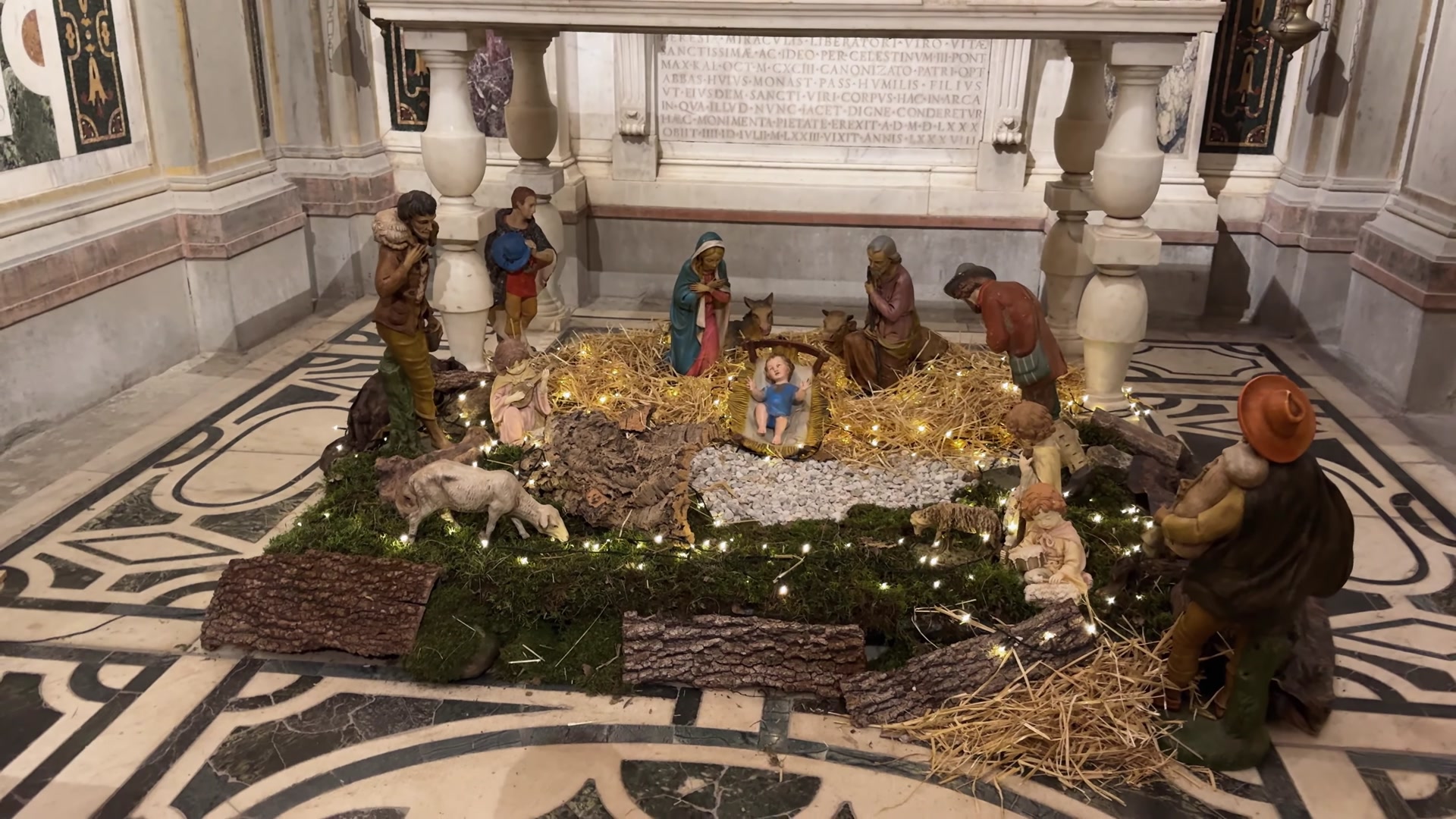
The church itself is always open to the public and can be visited for free. However, to tour the rest of the monastery, you need to take a guided tour. These guides are monks from the monastery and tours are held at specific times. At least six adults must be present for the tour to begin. The tours are offered in both English and Italian and there is no fixed price. Visitors are expected to make a donation.

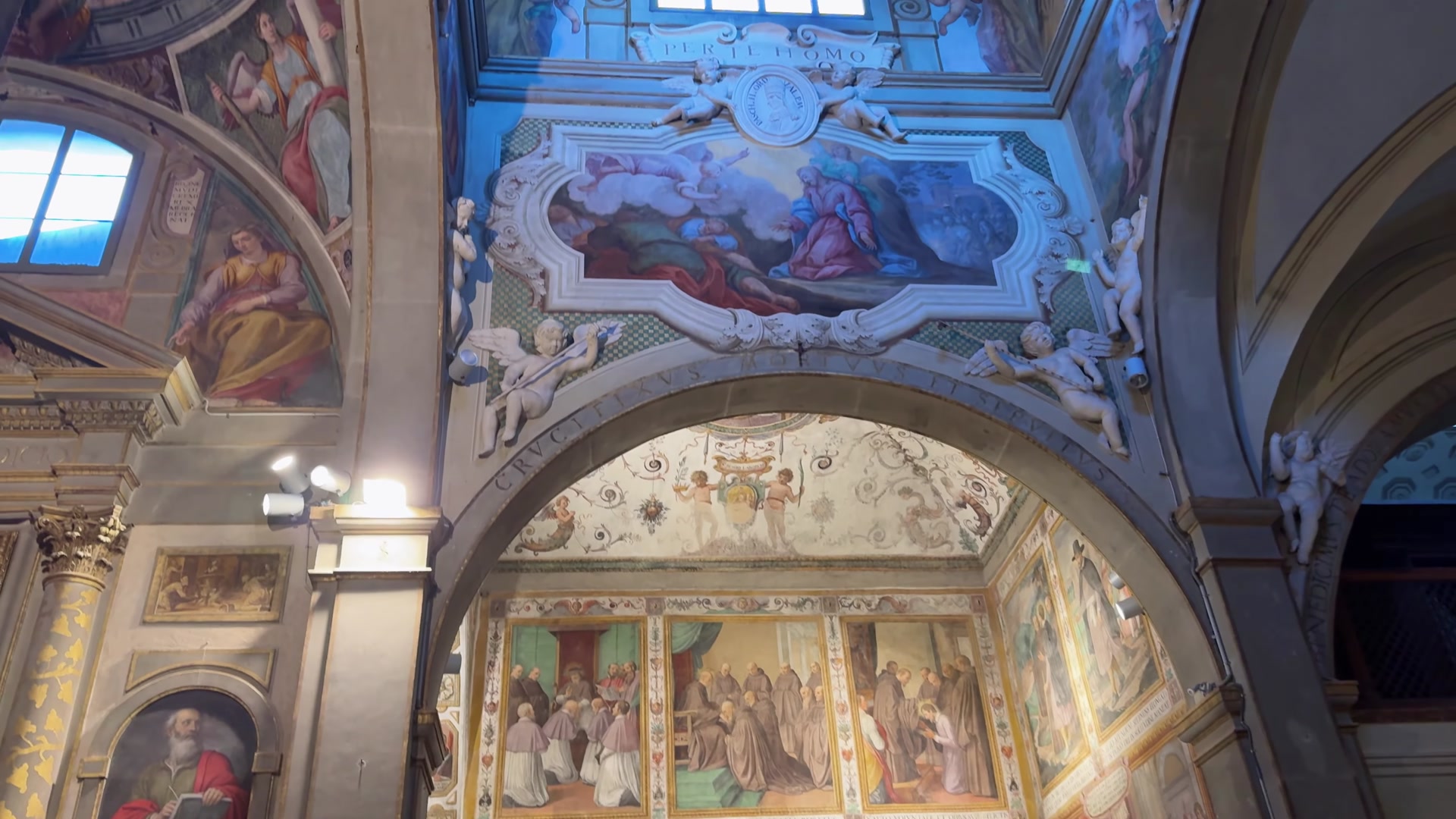

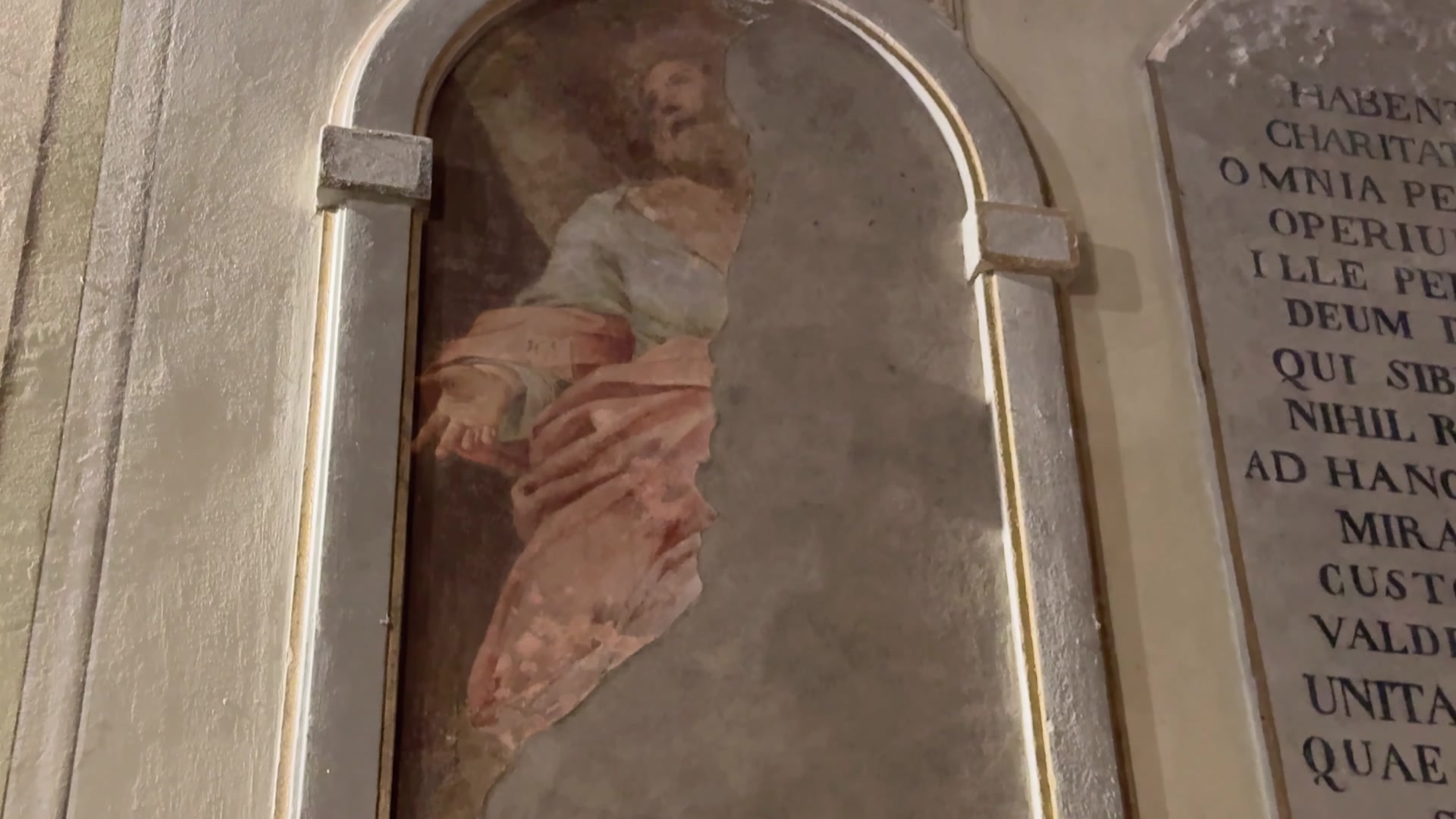
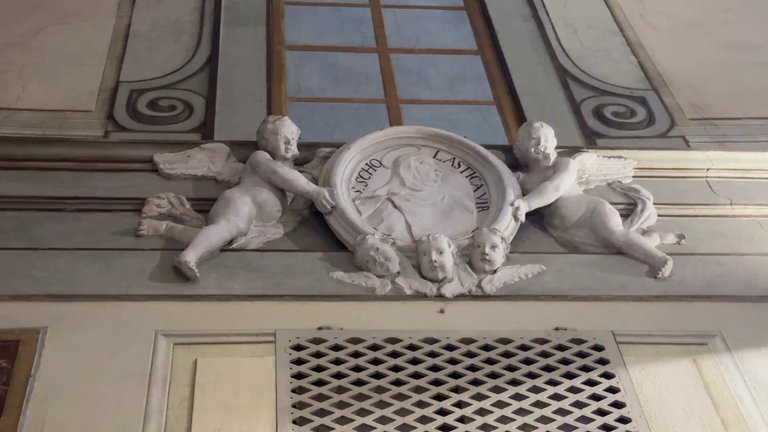
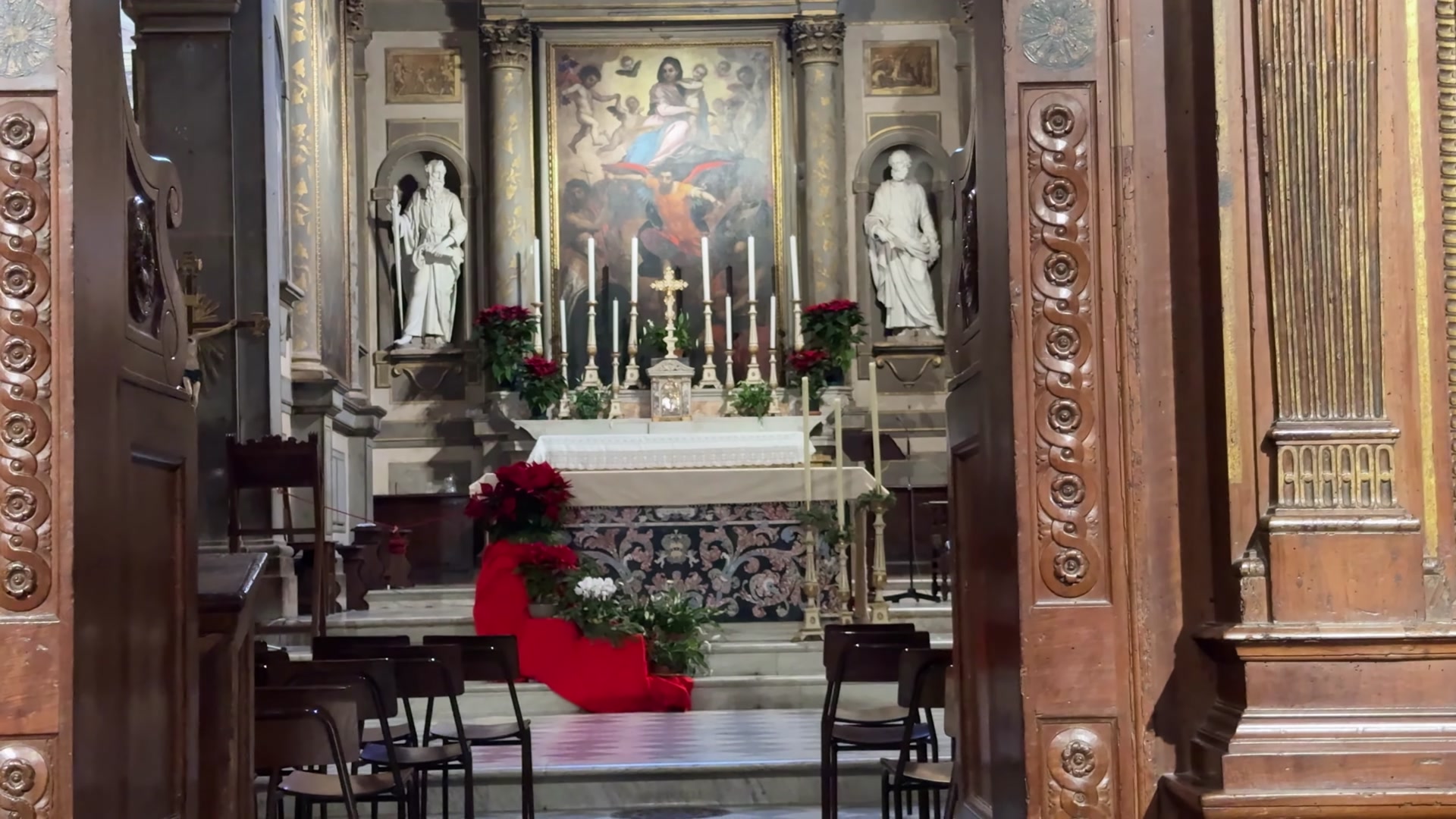



I had visited here before with a friend, but we couldn’t join the tour because the group of six wasn’t completed. We even offered to pay for six people as a donation, but the monks turned us away, saying No, there must be at least six people.

The views around the monastery are breathtaking. We waited for the previous tour to finish and hoped to join the next one. At first we were worried that the group wouldn’t reach six, but in the end a fairly large group gathered. The tour was amazing. Each guide has their own unique way of telling the story and everyone presents the information in a different way.
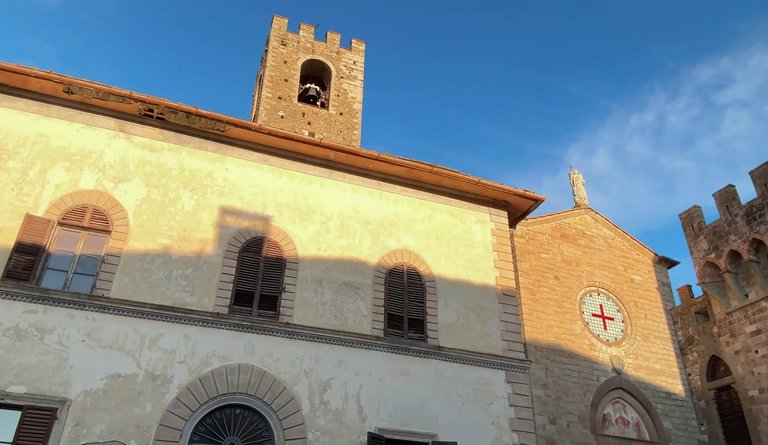





Our guide, a monk was a fantastic storyteller, both humorous and knowledgeable and very well-prepared. It was a wonderful experience in every way!


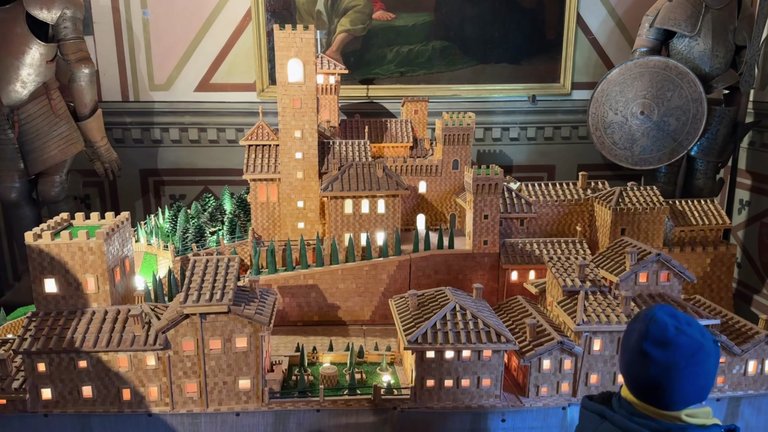






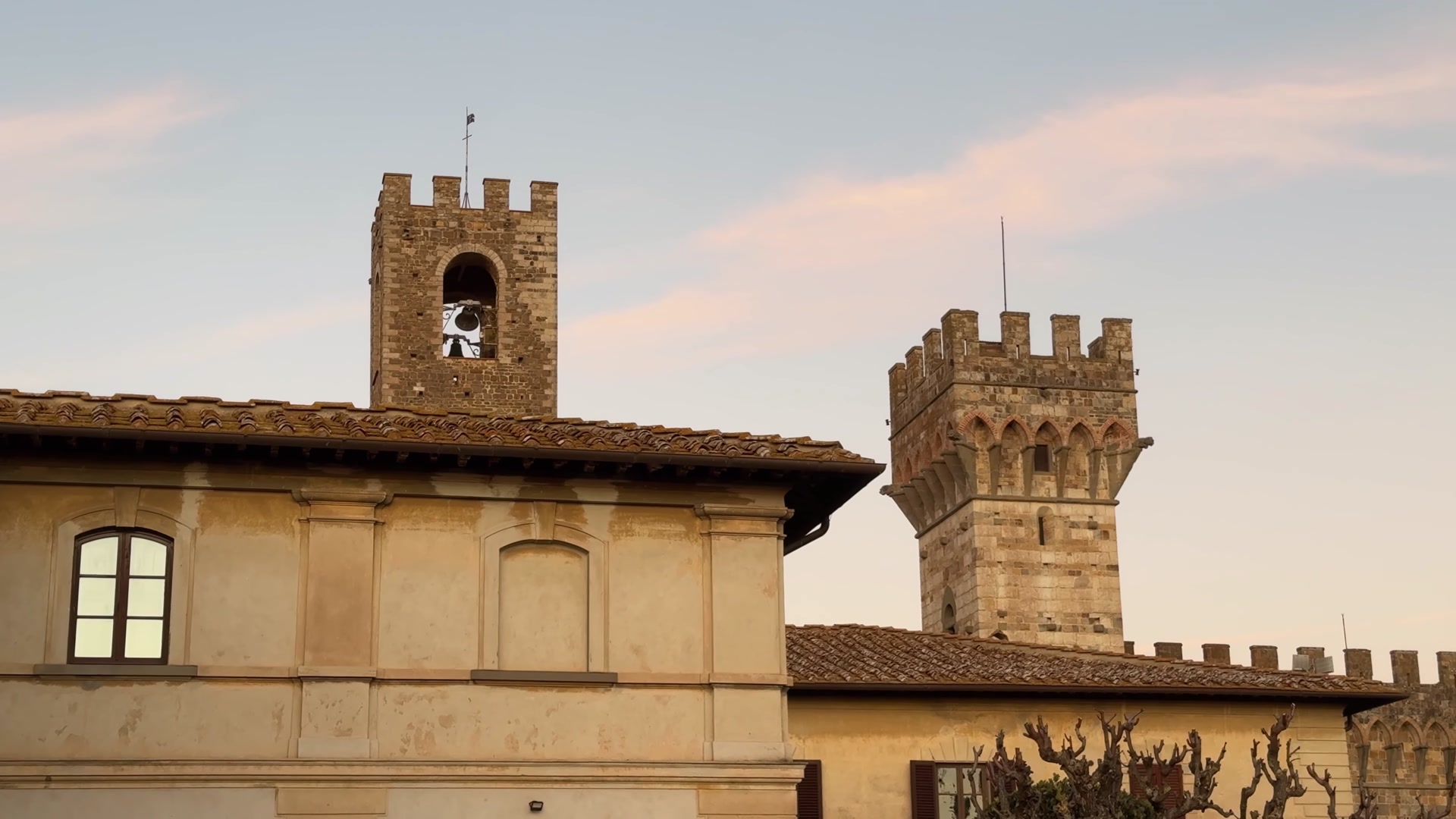
The light was slowly fading and the sun was about to set. The children were starting to get a bit tired. They said they really enjoyed the tour, but their exhaustion was written all over their faces. It was time to say goodbye. I wish you a lovely morning, day, evening, a good week or a fantastic weekend.
